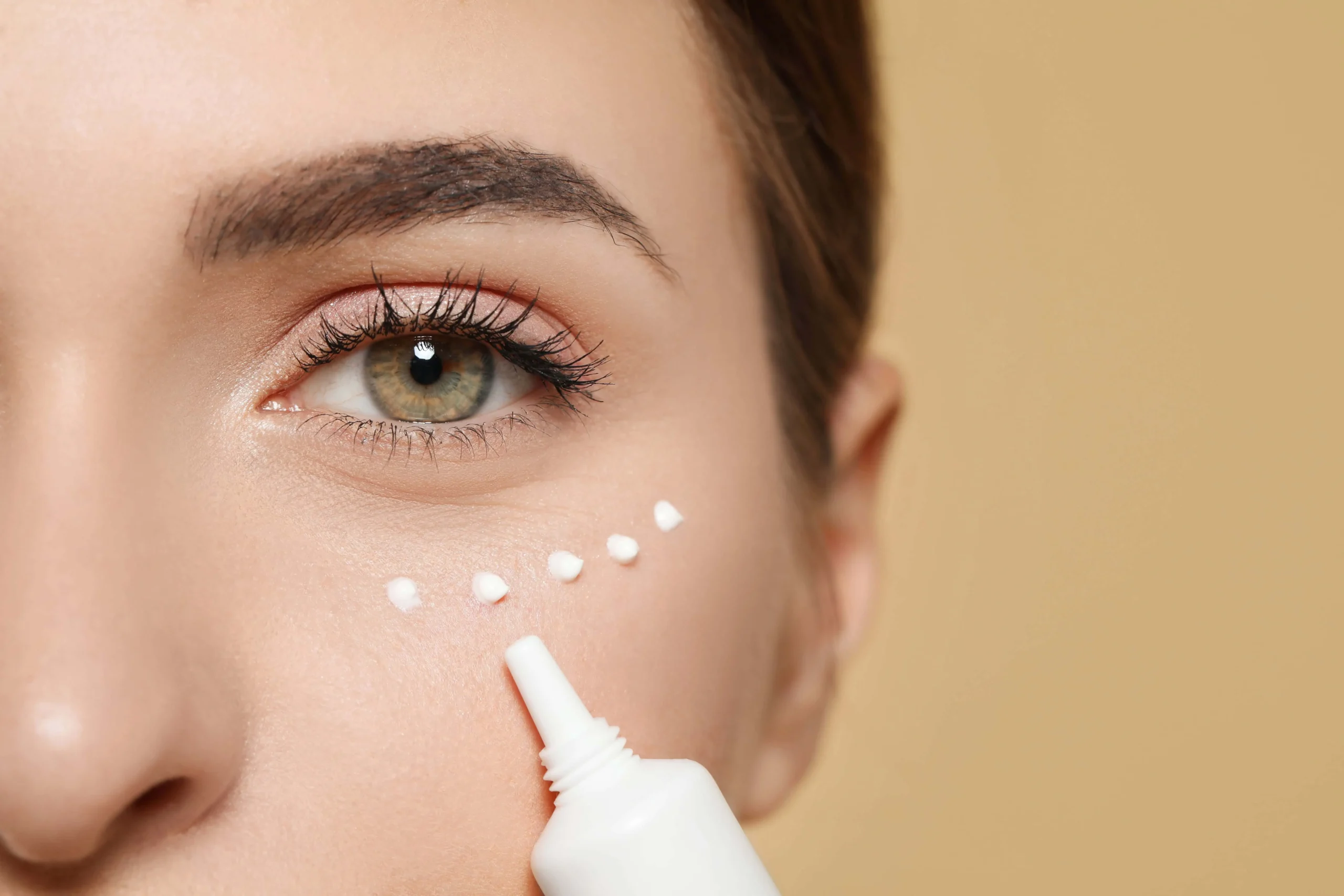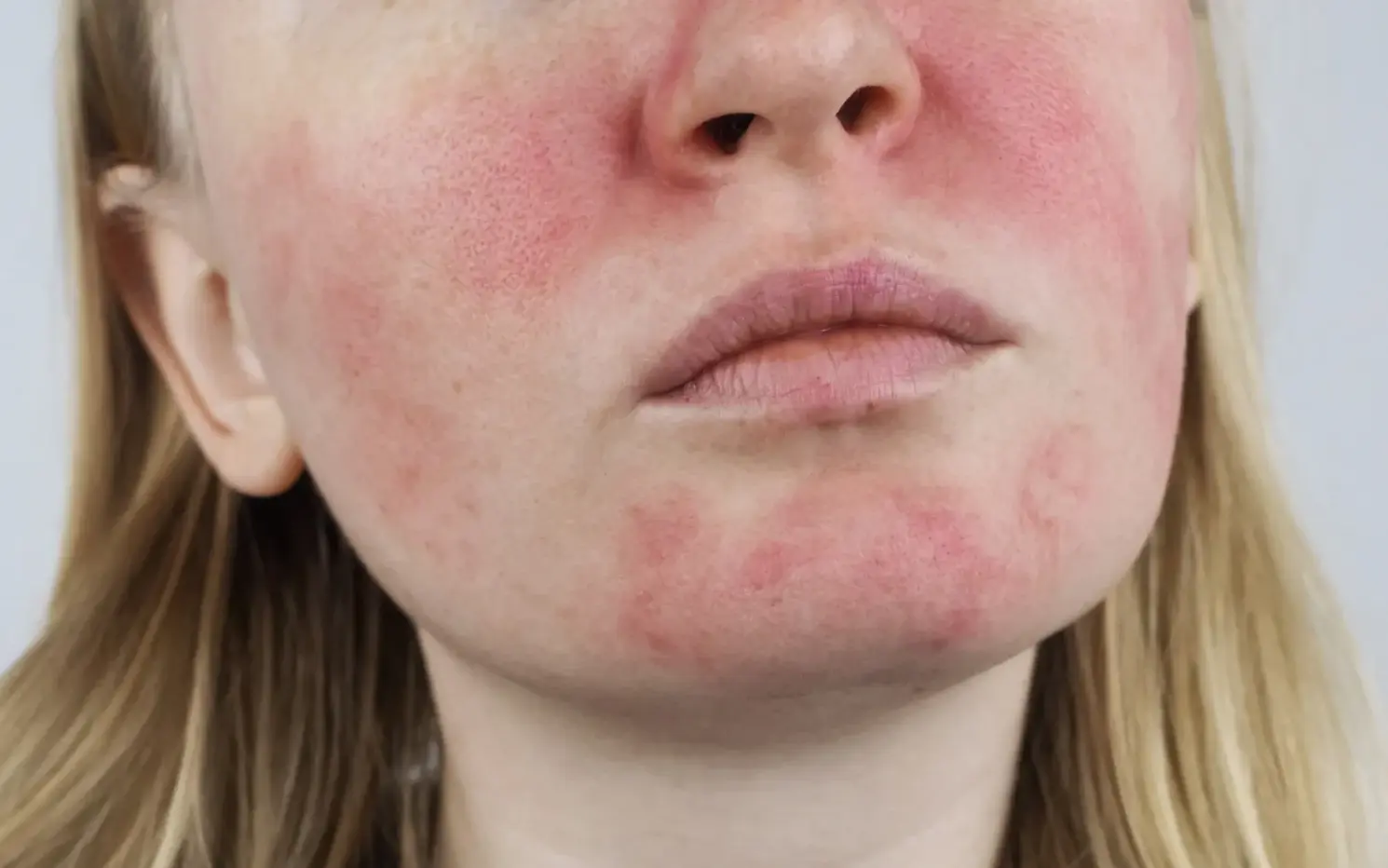Face peels are a popular skincare treatment that can rejuvenate your skin, improve texture, and address various concerns like acne, pigmentation, and signs of aging. However, timing and frequency are crucial for achieving the best results without causing damage. Here’s a guide to help you determine when to do a face peel and how to prepare for one.
What is a Face Peel?
A face peel involves using a chemical solution on the skin, which leads to exfoliation and eventual peel-off of the skin’s top layer. This process can reveal smoother, healthier skin beneath. There are different types of peels—superficial, medium, and deep—each suited for specific skin concerns and requiring different recovery times.When to Consider a Face Peel
- Skin Texture Issues If you have rough or uneven skin texture, a face peel can help smooth out bumps and enhance overall clarity. Look for peels with exfoliating acids, like glycolic or salicylic acid, that are effective for this purpose.
- Acne and Acne Scarring For those struggling with acne or post-acne marks, peels can help reduce breakouts and fade scars. Salicylic acid peels are particularly beneficial for oily and acne-prone skin.
- Hyperpigmentation If you have dark spots or uneven skin tone caused by sun damage or hormonal changes, a face peel can promote cell turnover and reduce pigmentation. Chemical peels containing ingredients like lactic acid or kojic acid can be effective.
- Signs of Aging For wrinkles, fine lines, and sagging skin, consider a medium or deep peel. These peels stimulate collagen production and can provide more dramatic results. Look for peels with retinoids or trichloroacetic acid (TCA).
- Seasonal Changes Timing your peel with the seasons can be beneficial. Many people prefer to do peels in the fall or winter when sun exposure is reduced, minimizing the risk of sun sensitivity post-treatment. Spring is also a good time to refresh your skin after winter dryness.
How Often Should You Peel?
The frequency of face peels depends on the type of peel and your skin type:- Superficial Peels: These can typically be done every 2-4 weeks, depending on your skin’s tolerance.
- Medium Peels: These should be spaced out every 3-6 months to allow for adequate healing.
- Deep Peels: Generally, these are performed only once a year due to their intensity and recovery time.
Preparing for Your Face Peel
- Consult a Professional Before scheduling a peel, consult a dermatologist or licensed esthetician. They can assess your skin type and recommend the best peel for your needs.
- Patch Test If you’re trying a new peel, consider doing a patch test on a small area of your skin to check for any adverse reactions.
- Avoid Certain Products In the days leading up to your peel, avoid retinoids, exfoliating scrubs, and products with alcohol, as they can increase skin sensitivity.
- Hydrate and Protect Keep your skin well-hydrated and use sunscreen diligently in the weeks before your peel to ensure optimal skin health.
Post-Peel Care
After your face peel, it’s essential to care for your skin properly:- Avoid Sun Exposure: Your skin will be more sensitive to UV rays, so apply a broad-spectrum sunscreen daily.
- Moisturize: To soothe the skin, apply a light, hydrating moisturizer.
- Avoid Active Ingredients: For the first few days post-peel, avoid products with acids or retinoids to allow your skin to heal.





